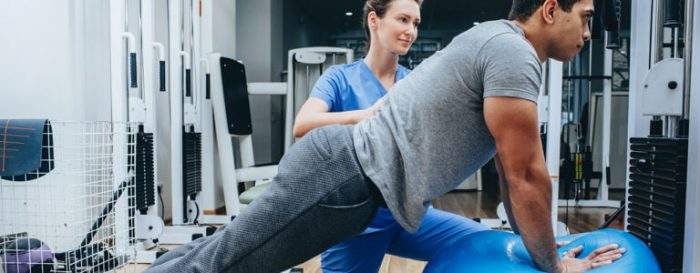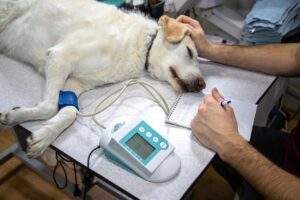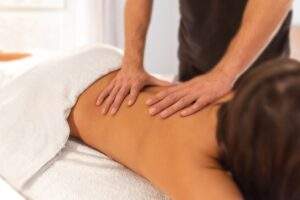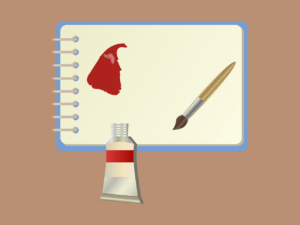Know Everything About Physical Therapy for Knee Pain

Overview of Knee Pain
Do you have sleepless nights with that knee pain? Are you facing difficulty in performing your day-to-day activities with excruciating knee pain? Well, then don’t let your knee pain slow down your movements. Get relief for your knee pain with physical therapy. Visit at physical therapy clinic for knee pain. Knee pain is one of the most common conditions that people often complain about. Knee pain can interfere with your life. In severe conditions, it may feel like there is no relief to it. However, considering physical therapy at the right time will not only help you relieve your knee pain but can also help you get rid of it.
Knee pain is one of the most common complaints that people of all ages complain of. Knee pain may be a result of an injury, trauma, an underlying disease, or overuse and overexertion of the knee joint. The knee joint is the joint that bears the entire burden of the upper body. Any pain in the joint may disrupt your movement.
What is Knee Pain?
The knee joint is a joint that works as a hinge joint that supports the entire upper body. The joint comprises the femur, tibia fibula and the kneecap also called the patella. This complex structure forms the knee joint, and any damage to the tendons and the ligaments supporting these bones can cause knee pain. Diseases that may be a cause of Knee pain are arthritis, bony degenerative diseases, gout, and other infections.
Causes of Knee Pain
The most common causes of knee pain are mentioned below.
- Injury or sudden trauma
- Infections
- Underlying diseases like Arthritis, Gout, osteoarthritis, kwashiorkor, and marasmus, rickets
- Deficiency of vitamin D
- Other factors like obesity, ageing, overuse, and overexertion of the knee joint
- Lifting or shifting heavy objects
- Dislocation of the knee cap/ patella
- Fractures of the bone that comprise the knee joint
- Ligament tear
- Inflammation of the tendons- tendonitis which is aggravated when climbing stairs
Signs and Symptoms of Knee Pain
The signs and symptoms that a person might complain of when having knee pain are mentioned below. The severity may vary from person to person and is also dependent on the cause of the knee pain.
- Feeling of constant pain around the knee
- Swelling and stiffness of the knee joint
- Redness and increased temperature at the knee joint
- A feeling of weakness and inability to move
- There is a popping and cracking type of sound on the movement of the knee joint
- Difficulty in straightening the leg to180 degrees
- Sharp shooting pain when walking and climbing stairs
- Pain after a prolonged period of rest
If you are experiencing any of the above-mentioned symptoms, it’s time for you to consult for pain in the knee. They provide the best physical therapy sessions that are specially designed for patients suffering from knee pain. The severity of these signs and symptoms is dependent on the location (anterior, medial, or lateral part of the knee) and the cause (an injury or disease) of knee pain. For instance, knee pain is severe in cases of trauma or bone fractures of the knee joint.
Diagnosis of Knee Pain
Knee pain can be diagnosed by your doctor by simply analyzing your walk. The doctor will examine the type of walk, the direction in which your leg moves apart from the obvious signs like redness and swelling around the knee joint. The other confirmatory test is
- X-ray
- CT scan
- MRI
- Blood and urine tests to detect the presence of any infection
- Bone scan
- Ultrasound
Management of Knee pain through Physical Therapy
If you wish to seek long-term treatment for your treatment, physiotherapy is the best possible treatment for your knee pain. The physiotherapists will guide you through a series of physical therapy sessions that they specifically designed for each patient depending on the severity, that will help you strengthen your knee muscles, as well as help you restore the functions of the knee joint.
Physical therapy for knee pain may include passive therapies like an ice pack, hot pack, hydrotherapy, ultrasound, TENS therapy, kinesiology taping, soft tissue massage at yeh knee joint, or active physical therapy that like physical exercises. The exercises are designed in such a way that it not only helps you relieve your knee pain but also help you avoid any further knee pain in future. The physical therapists will also add some exercises that you can easily perform at home in their absence that will help you restore the functions of the knee joint.
Conclusion
Get rid of your knee pain with physical therapy. It is the most effective, long term and conservative approach for the treatment of knee pain.







